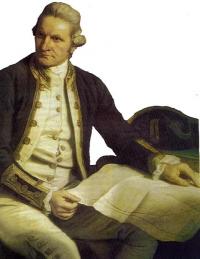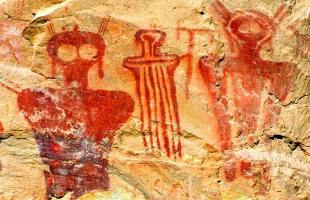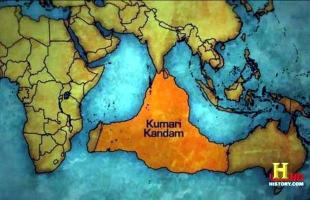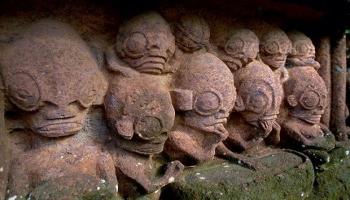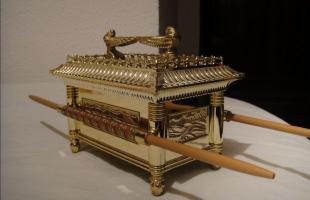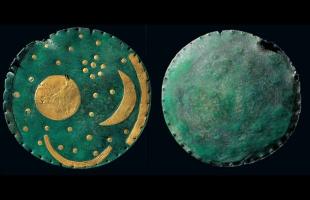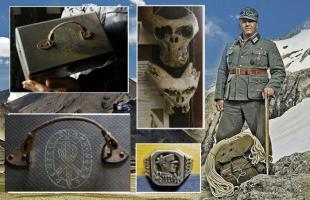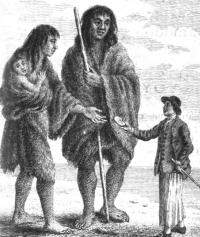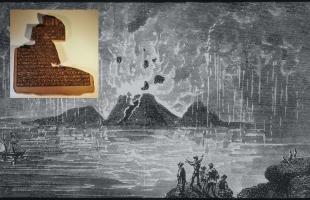The fabulous Colossi of Memnon
Two immense statues, among the largest in the world, still amaze the tourists who visit Egypt today. But why were the colossal monuments built? And why was it said that they spoke?


El-Colossat: this is what the Egyptians of today call the Colossi of Memnon, not far from Luxor, two of the countless wonders that dot the land of the pharaohs. They call them "the colossals," and rightly so, as their dimensions are truly impressive. Two seated figures, representing Upper and Lower Egypt, sit on thrones and reach a height of 18 meters, like a six-story building. The statues adorned the entrance to an even more immense temple, over two hundred meters long (though some believe it was nearly half a kilometer long). Who was the creator of this magnificence? And why is there almost no trace of this vast construction left?
Firstly, it must be said that the creator was a pharaoh who ruled Egypt for 38 years, from 1391 to 1353 BCE: his name is Amenophis III (or Amenhotep III), remembered especially as the father of the "heretic" pharaoh and priest of the Sun God Aton, Akhenaton. In reality, however, Amenophis III, the last great representative of the 18th Dynasty, was in a sense a forerunner of the policies of the more famous ruler of the land of Kemet, the illustrious Ramses. Taking advantage of a period of prosperity comparable to that experienced by his emulator, Amenophis "enlisted" hundreds of thousands of peasants among the workers tasked with building the temple, who, during the winter seasons, awaited the flooding of the Nile to cultivate their fields.
Egypt, not being an imperialist country, did not have slaves, contrary to what the Bible claims and what Christian and Jewish historians and archaeologists with ideological interests assert. In fact, Amenophis intended to surpass the glory of his ancestor Hatshepsut, who, in forty years of reign as the first female pharaoh, managed to fill Egypt with magnificent vestiges. The temple, near the present-day Deir-el-Medina, not far from Luxor and the Nile River, was meant to exalt the God Amon (associated with the Gods Ptah and Osiris) on one hand, and to increase Amenophis's own glory as a great sovereign bringer of prosperity, serving as his gigantic funerary monument.

The statues at the entrance, the Colossi, were designed with particular care, using two types of quartzite from the Giza Plain to the north and from the site of Gebel-el-Silsila, 60 km from Aswan. The quartzite was quarried with incredible precision, and some mystery authors hypothesize that the Egyptians used unknown tools, such as ultrasounds or a form of laser, possibly using the energies visible in the Temple of Hathor at Dendera. In any case, the quartzite was shaped and polished at the temple site, following the typical characteristics of Egyptian art.
The original result must not have been dissimilar to that of the equally colossal statues of Ramses II at Abu Simbel: indeed, the great pharaoh undoubtedly modeled his statues on these two colossi to pay homage to himself and his wife, Nefertari. But a century earlier, Amenophis III was no less impressive, having the images of his wife Tiye and his mother Mutemwiya carved at the base of the southern colossus. Other sculptures, on the sides of the two thrones, depicted the god Hapi, the personification of the Nile and the son of the god Horus. After erecting the two statues, work began on raising the columns and perimeter walls of the Temple of Amon, but something seemed off from the very beginning. The ground was too unstable and did not sufficiently support the more than thirty-meter-high walls...
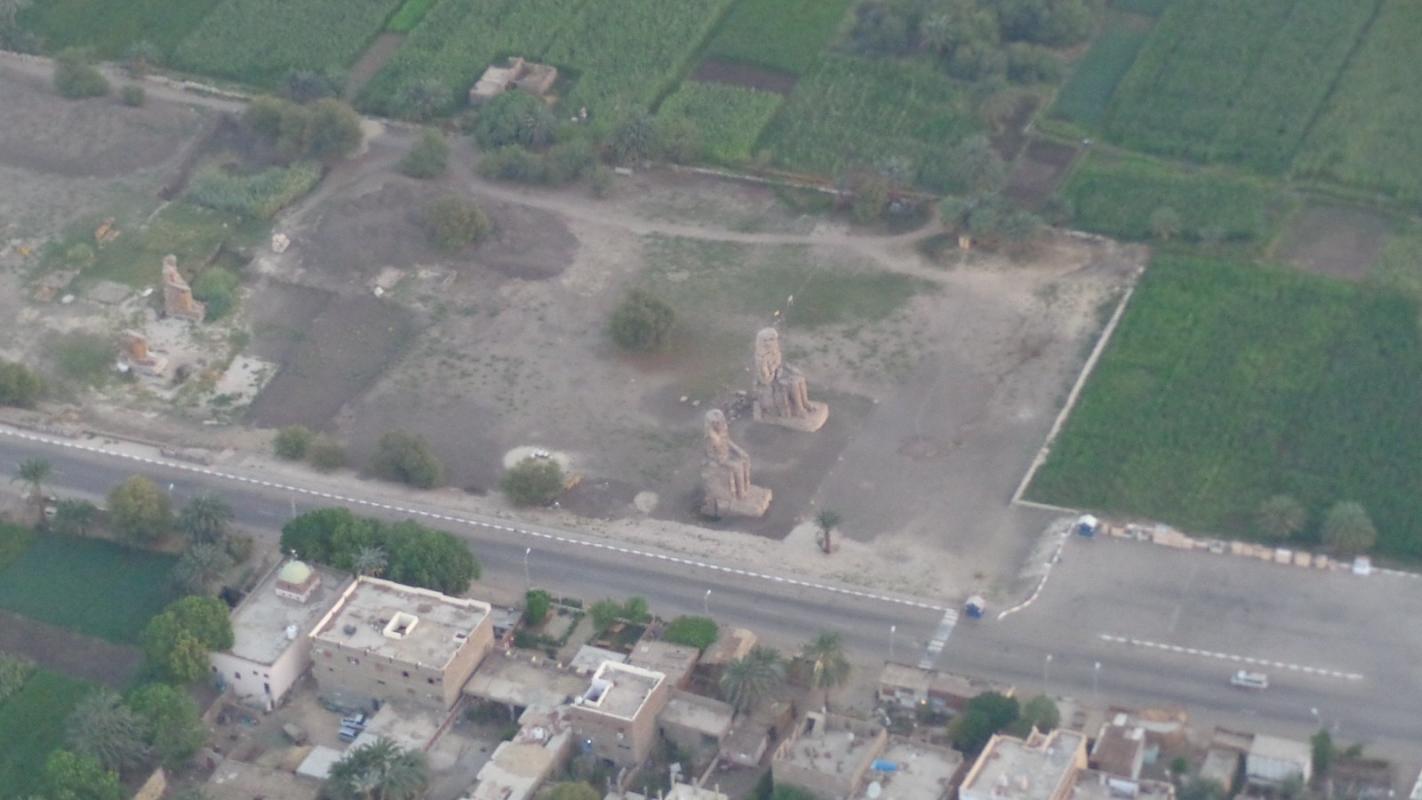
Amenophis could not employ the labor force all year round; the peasants could only be employed for 4-5 months a year, and there were no slaves at all. Thus, the work proceeded without the necessary consolidation of the material. The qualitative differences in the mortar and limestone blocks did the rest.

The temple was inaugurated shortly before the death of Amenophis III and measured 35 hectares, significantly more imposing than the already large temple of Karnak and boasting dimensions larger than the Ramesseum that would come a century later.
It is unknown whether Amenophis III's mummy was initially interred within the temple of Amon or if it was subsequently buried in the Valley of the Kings, in tomb WV22 (discovered in 1799 by Egyptologists following Napoleon) in a more inaccessible and secure location. What is known is that soon after, the floods of the Nile began to erode its already fragile foundations, and within a few years, under the reign of Akhenaton, the temple was already in ruins. Despite continuous restoration efforts, little could be done to save the construction, one of the largest humanity has ever seen.
It seems that Akhenaton himself used blocks from the temple of Amon to build some palaces in his capital, Akhetaton, now known as Tell-el-Amarna. In a short time, the building was literally swept away, leaving only the Colossi in place, silent witnesses to the fallen glory of the pharaoh. The Colossi, however, perhaps weren't entirely silent. For some, the ability of the statues to emit sounds was one of their original features. Homer states that the Colossi, specifically the one located more to the north, was actually Memnon, a mythical king of the Ethiopians remembered in Greek mythology as the son of the goddess Eos (the dawn) and the Trojan Tithonus. During the Trojan War, he killed the hero Antilochus and was killed in revenge by Achilles. Homer, in the Iliad, recounts how Memnon was transformed by Zeus into a statue right in Egypt from where he originated. Interestingly, Homer openly mentions that the statue emitted groans and cries, indicating that at the time of writing, the northern colossus made strange sounds and cries.

Historically, it is attributed to a catastrophic earthquake in 27 BCE that the statue collapsed at waist height. The lower half then, as historian Strabo recalls, began to speak, to the point that extremely clear words were heard and interpreted as oracles. The Oracle of Memnon became famous throughout the ancient world: it spoke in Egyptian, and many Roman emperors traveled to hear its prophecies. According to modern scientists, the sounds were merely the infiltration of water and air into the quartzite, which at dawn and dusk, with the temperature change, would escape violently, emitting a peculiar vibration audible at various frequencies, giving the impression of a voice.
Nevertheless, the magic ended when a Roman emperor, Septimius Severus, in 199 CE decided to restore the statue, believing he was honoring it. The Colossus was reconstructed, the torso repositioned, but the statue ceased to speak forever. With the barbarian invasions, the Colossi were defaced; the Arabs did not demolish them out of respect, but all the stones from the temple of Amon, similar to what Akhenaton did, were taken away as building material. And so, the Colossi remained alone, witnesses to a bygone era of glory…

But what if that wasn't entirely the case? In our dossier on Barcelona, we proposed the hypothesis that the anthropomorphic pinnacles standing on the Montserrat mountain, 60 km from the Catalan capital, were sculpted by Egyptian artists. Seeing the traces of the incredible Egyptian presence in the city and assuming its function as a sanctuary, similar to the presence in Montserrat of the statue of the Black Madonna of the same name, we naturally thought of the Colossi of Memnon in terms of form and proportions.
Thus, a question arises: what if the followers of the God Amon, persecuted by Akhenaton, fled Egypt to found a new, gigantic temple in honor of Amenophis III? Perhaps right at Montserrat… Seeing the images of the sandstone pinnacles of the mysterious Catalan mountain, one might just think so…










